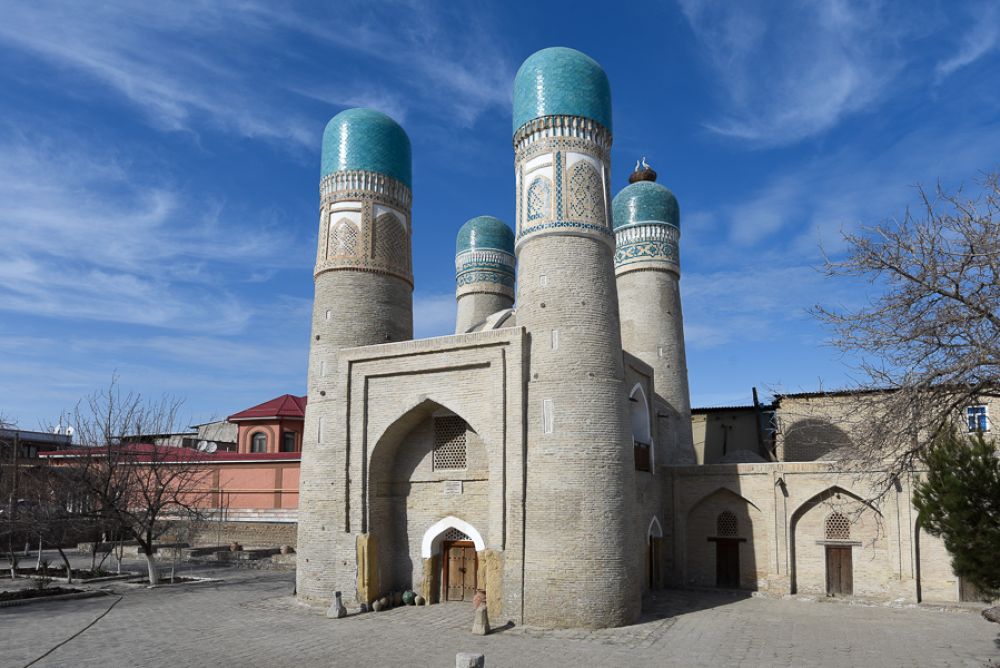

Bukhara, with its quaint charm and profound history, stands as a pivotal crossroads of cultures in Uzbekistan. Among its numerous architectural marvels, the Chor Minor, sometimes referred to as the Madrasah of Khalif Niyaz-kul, is an extraordinary testament to the city's diverse heritage and a unique tourist attraction.
The history of the Chor Minor dates back to the 19th century when it was commissioned by a wealthy Turkmen merchant, Khalif Niyaz-kul, in 1807. The term 'Chor Minor' translates to 'Four Minarets' in Tajik, which is indicative of the structure's most prominent feature—its four towering minarets. Each minaret is believed to reflect a different religion, symbolizing the concord and coexistence of various faiths in Bukhara throughout the ages.
Tourism in Bukhara is strongly influenced by its status as a UNESCO World Heritage Site, an accolade it received in 1993. Chor Minor became one of the key attractions for those seeking to explore the Silk Road's history and cultural legacy. Its intriguing design, with elements that blend Islamic and Indian architectural influences, captivates visitors from around the globe.
In recent years, Uzbekistan has seen a significant increase in tourism. The Uzbek government has initiated several reforms, including visa facilitation and improved infrastructure, to boost tourism. As a result, places like Chor Minor have experienced a surge in popularity. Innovative tourism trends such as immersive cultural experiences, virtual reality tours, and sustainable tourism practices have been gaining momentum, offering visitors more engaging ways to connect with Bukhara's ancient history.
The story of Chor Minor is intertwined with the story of Bukhara itself—a nexus of East and West, and a melting pot of traditions and religions. As modern tourism continues to evolve, visitors to Chor Minor not only witness a physical landmark but also embark on a timeless journey into the heart of Central Asia's grand historical narrative.